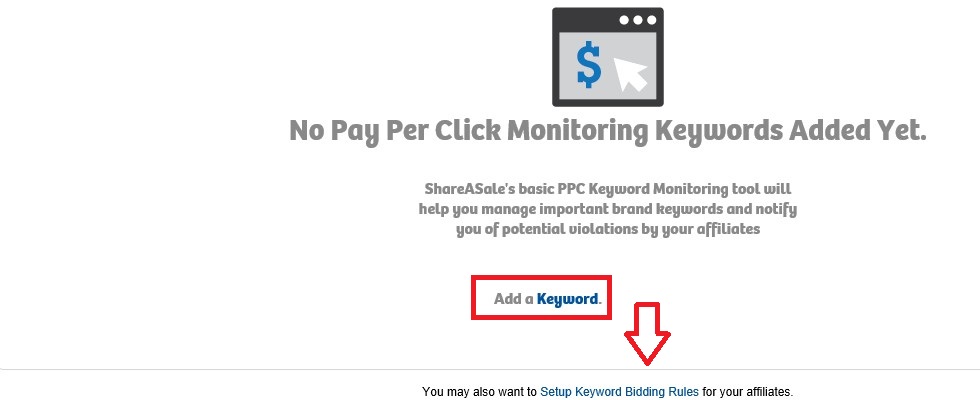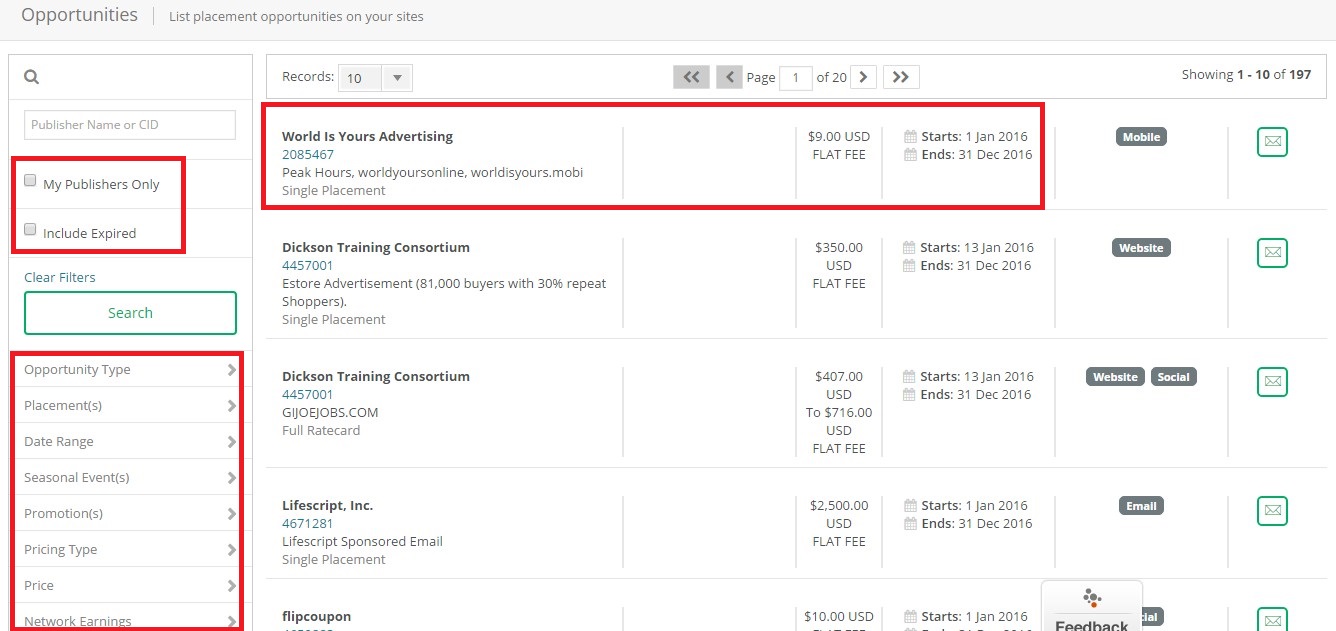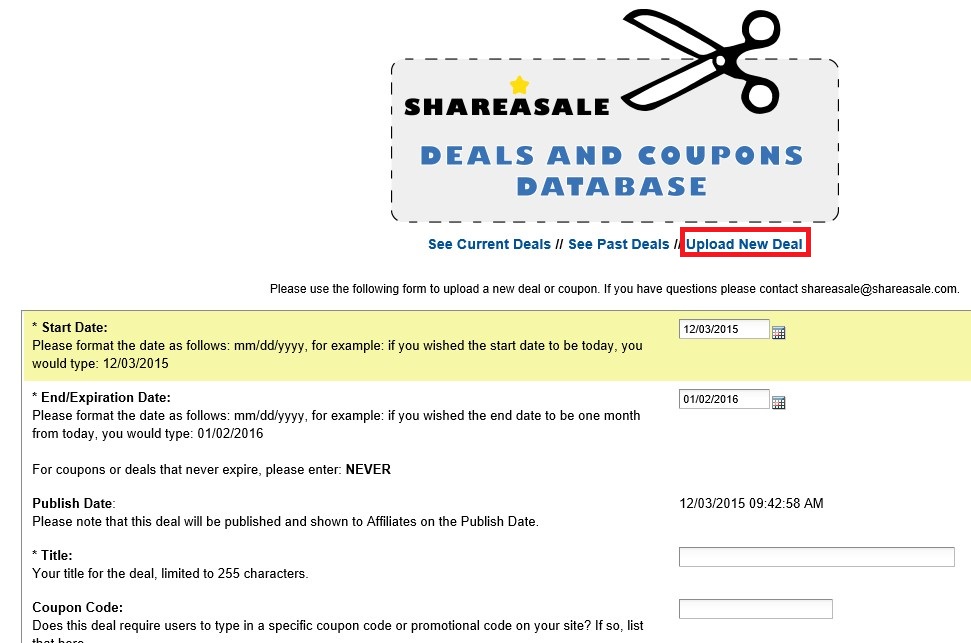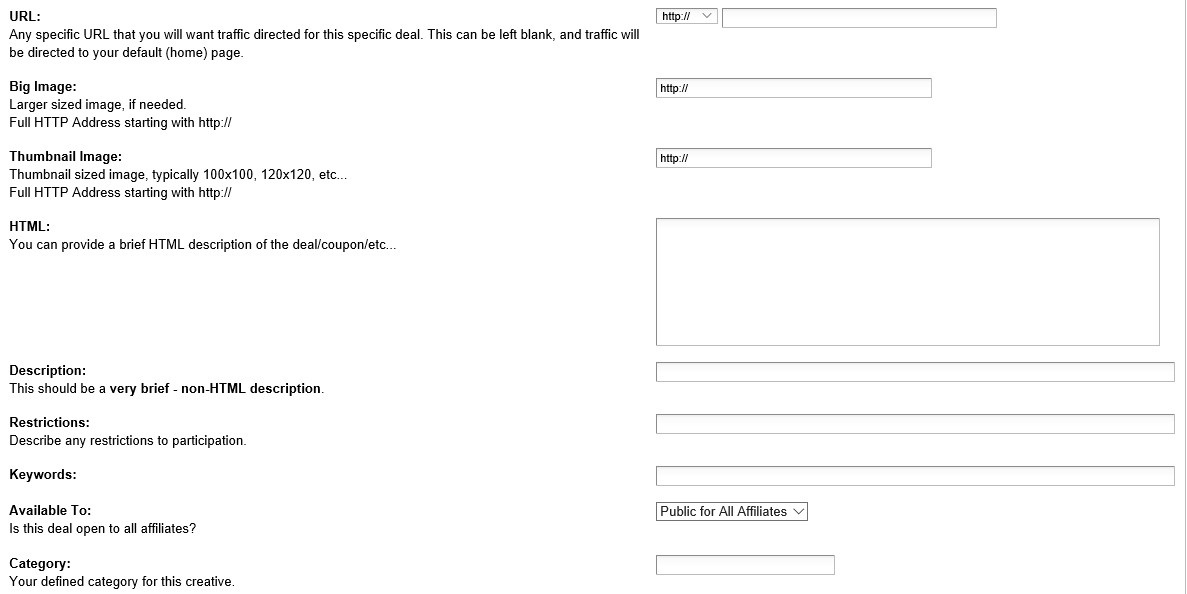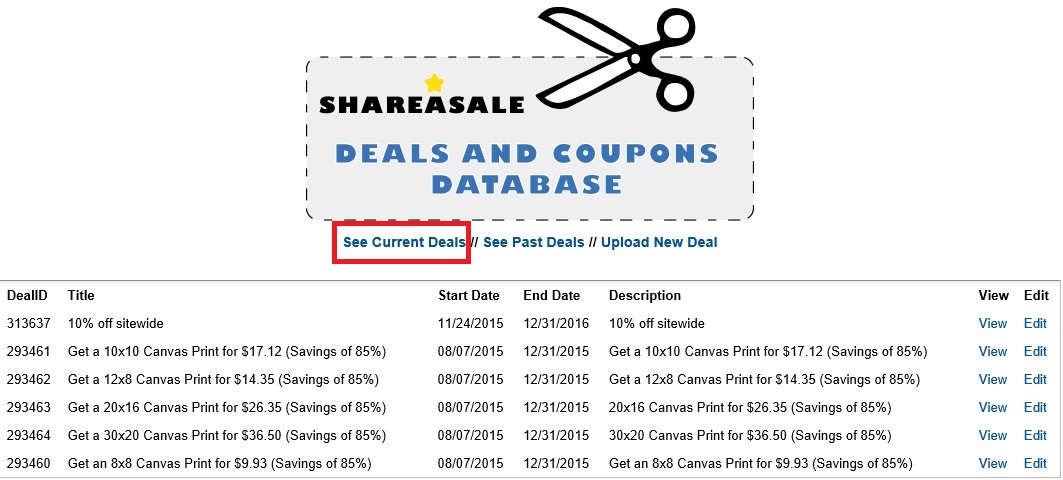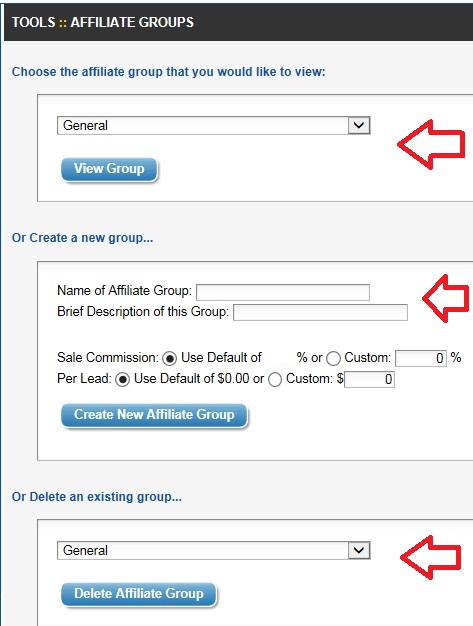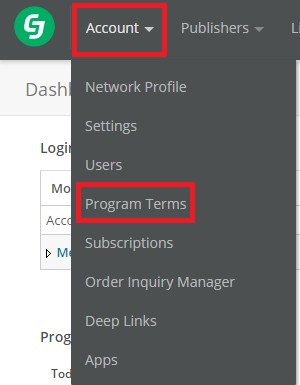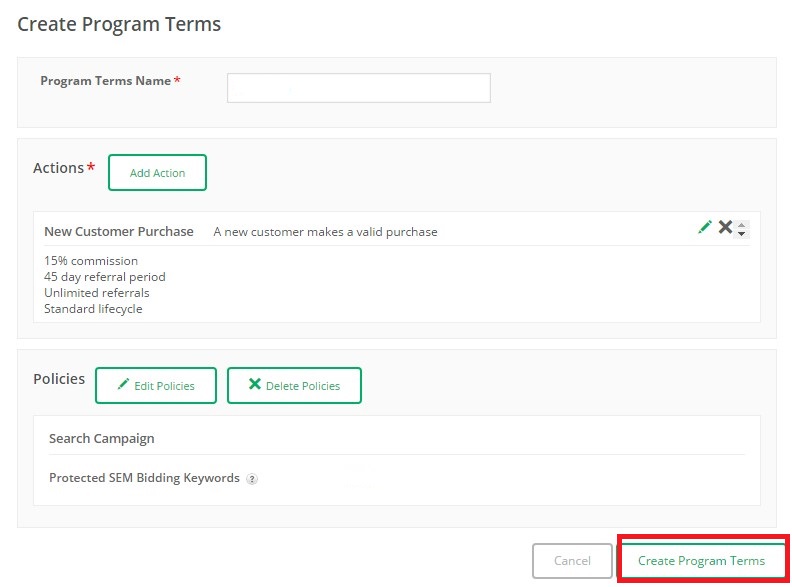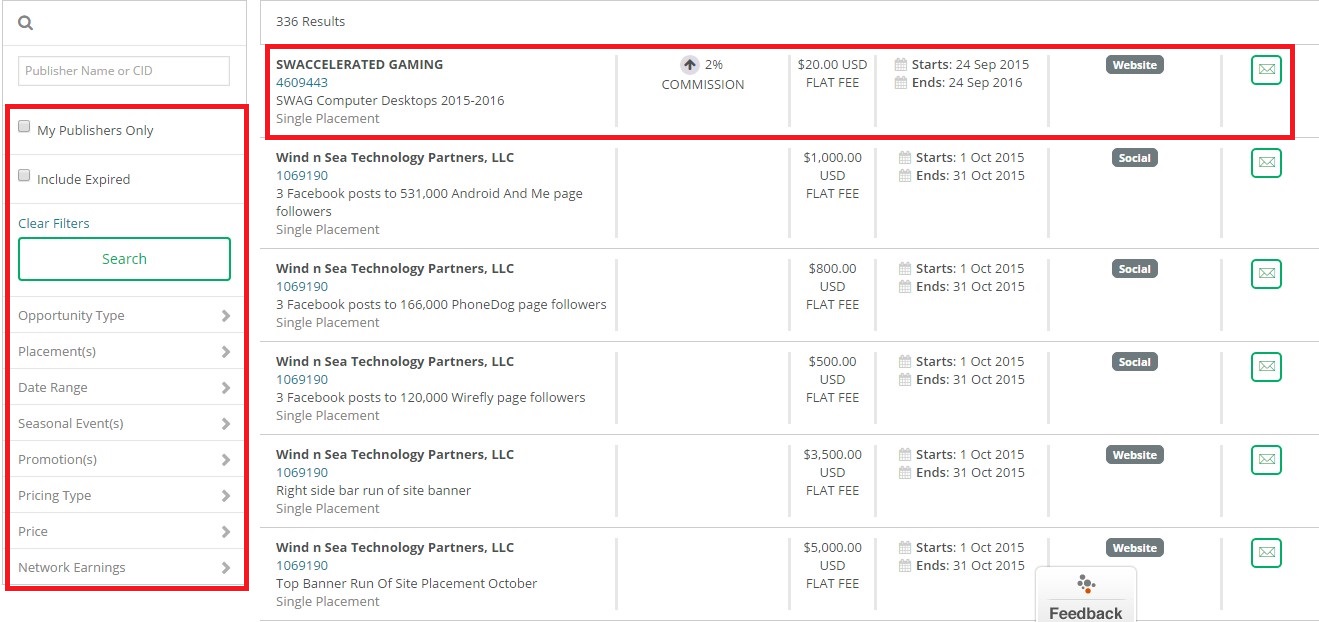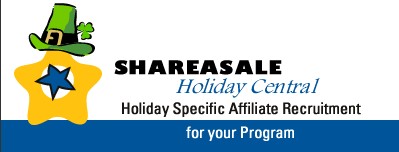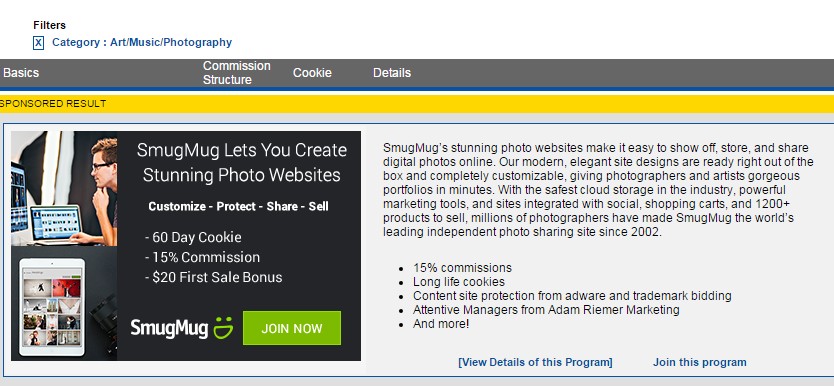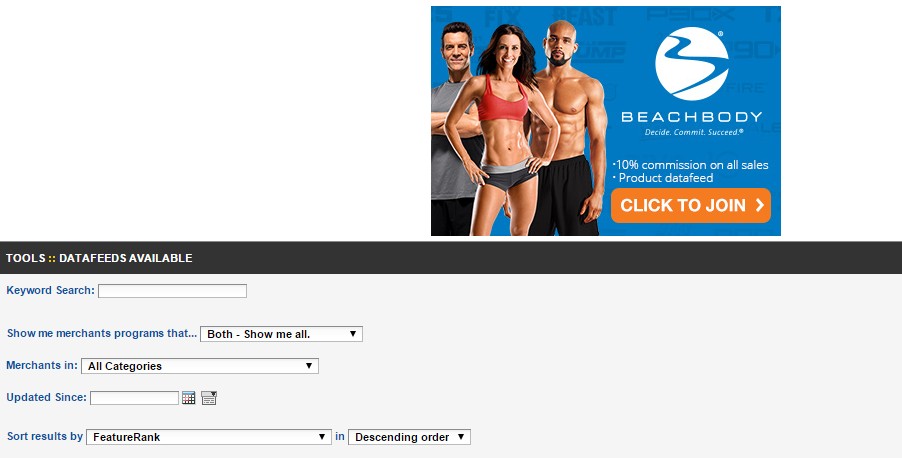The question I am asked too frequently is: Where can I find quality affiliates that will grow my affiliate program? Merchants are always looking to recruit quality affiliates into their programs, but that task is easier said than done. Recruiting is a task that should consume a majority of the time by the affiliate manager. Many merchants see affiliates (or publishers) as bloggers, coupon/deal sites, loyalty/cash back sites, etc., but there are companies that offer digital marketing services, but act as an affiliate. For example, shopping cart abandonment, remarketing/retargeting and paid search are key components to any successful digital marketing campaign and are offered through an affiliate relationship. What does this mean? I will discuss and highlight 3 affiliates (of various types; though with some similarities) that merchants should consider to partner with through their affiliate program.
- UpSellit
UpSellit is a shopping cart abandonment solution that is offered on a CPA (click per acquisition) basis. There are no monthly fees or set up costs associated with doing business with them. However, depending on the size of the merchant they may require a monthly minimum in the first few months, but that is for the new and/or smaller merchants. The minimum disappears once the program ramps up.
They join a merchant’s affiliate program and accept the terms and conditions as any other affiliate would, plus they get paid the same commission as other affiliates (there may be instances where they get more). They use their affiliate link each time their solution is enabled and conversions are tracked through whatever affiliate network interface a merchant is using (i.e. ShareASale, CJ Affiliate).
They offer merchants 3 different solutions:
- Targeted Offer
Targeted offers increase conversions and average order value by offering abandoning visitors a personalized incentive to convert. They fully customize campaigns to align with the visitor’s behavior. The personalized offer only engages at the time of abandonment, and not every visitor will be offered the same deal.
- Chat
Abandonment Chat increases conversions with a live chat simulation that assists visitors the instant they abandon. Chat is powered by a sophisticated automated chat engine called SmartAgent and analyzes sentence structure, conversation history and session data to understand both what a customer said.
- Email ReMarketing
The Email ReMarketing solution increases conversions with two lead recovery technologies that fuel a real-time email remarketing platform. It is fully customized to collect new leads and recover lost conversions.
- VE Interactive
Similar to UpSellit, but VE Interactive offers a few different solutions. They work through an affiliate relationship except through their VEAds solution, which requires upfront ad spend and they factor in certain site metric to come up with a competitive rate (may be higher than the default affiliate commission rate) to charge the merchant. There are no set up costs or monthly fees and they only get paid on a CPA basis (or CPL).
They are not integrated with ShareASale, but are with CJ Affiliate and other affiliate networks. If a ShareASale merchant wishes to partner with them they can be invoiced monthly as opposed to using the affiliate network interface.
They are meant to help increase the reach of a merchants remarketing/retargeting campaigns and use more than just the Google ad network. They have a vast network that allows them to reach a greater audience than that of Google (which is approximately 40% of the net).
Their ReMarketing/ReTargeting services that include:
Its main job is to increase a merchant’s customer acquisition from search traffic by reducing the overall bounce rate of the site.
The purpose is to assist when customers have questions about a product and are about to leave the site. The VEChat solution will be enabled and assist in increasing conversion rates and customer service.
This is for visitors who abandon their transaction during the payment process; it brings them back to the site in hopes to complete their purchase. This is done through email reminders which may or may not contain a discount.
They use a sophisticated DSP to access online ad space, purchased in real-time and via ad Exchanges. The ads can be either static or dynamic, using a data feed from the merchant.
- Imwave
Imwave is a performance search engine marketing agency. They can work independent of a merchant’s paid search team or in conjunction. It is completely up to the merchant. They pay for the ads and only get paid when a sale or lead is generated. They truly have skin in the game!
They along with UpSellit and VE Interactive integrate into a merchants affiliate program and abide by the program terms listed. When they place their ads they use their affiliate links, which will then be tracked through the affiliate network.
In many cases they do require a higher commission than the default rate (unless the default is enough for them to start and grow a campaign). What is great about them is that they play by the rules of the merchant. They may require the ability to bid on trademarked/branded terms and must have the ability to directly link to the merchants site. Not all merchants allow this, but if they work closely with the paid search team in place the relationship can be fruitful for both parties.
Partnering with the typical affiliates (i.e. bloggers and coupon/deal sites) is great, but using solutions like UpSellit, VE Interactive and a service like imwave can grow (significantly) a merchant’s affiliate program. We (AM Navigator) have been using all three for years now and recommend them highly to all of our clients (if there is a fit of course). I have seen them come in and grow affiliate programs in a few short weeks and help companies in their other digital marketing campaigns as well. Thinking outside the box and recruiting affiliates is essential to growth, but knowing who to partner with is just as important.
I highly recommend the three (3) companies mentioned and if you have any questions about them, please do not hesitate to reach out to me. You can email me or just post a comment below.

